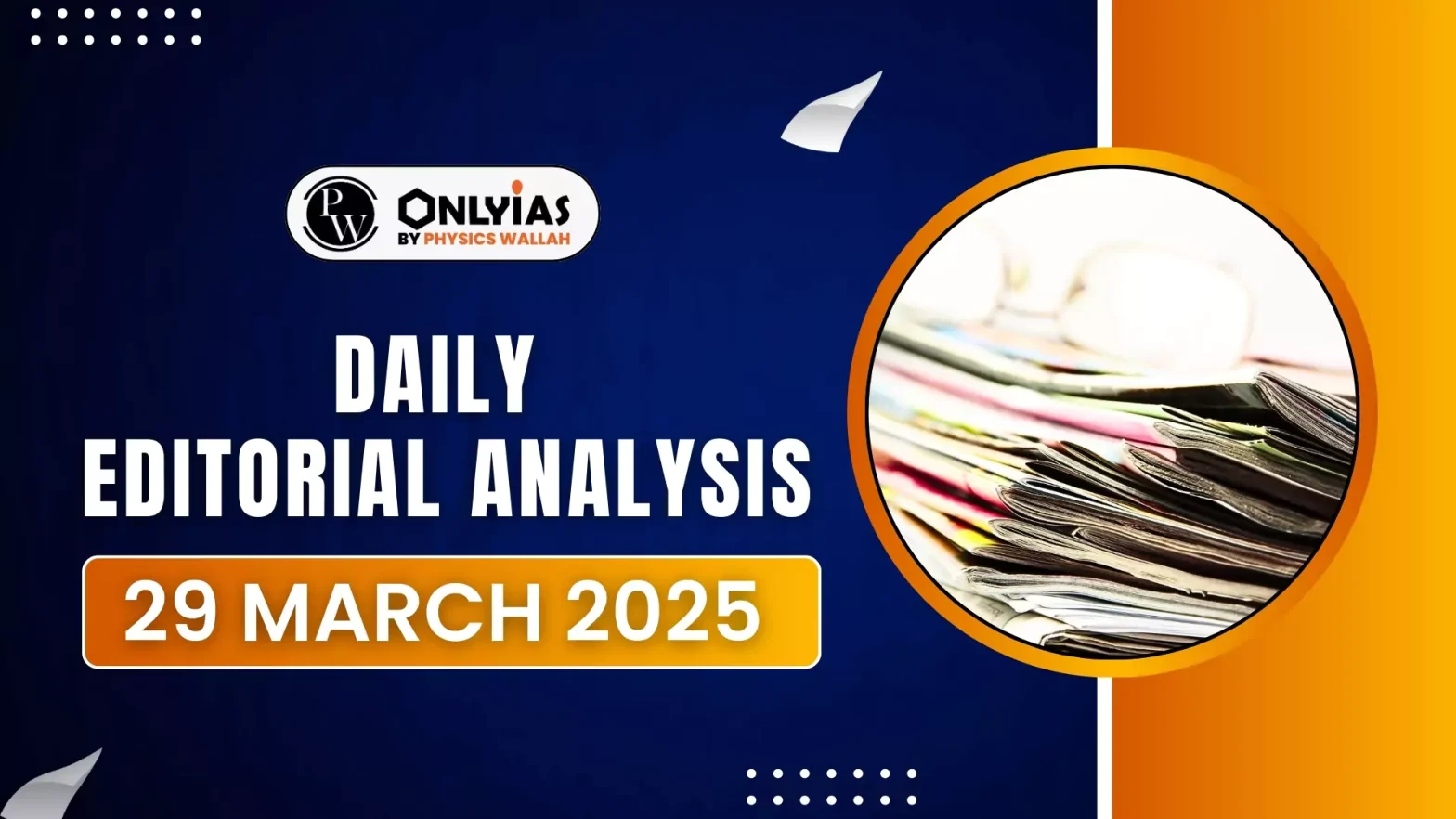Regulatory bodies ensure fair competition and consumer protection but face rising political influence, demanding urgent reforms for independence.
New Economic Reforms (NEP) 1991
- Liberalization: The abolition of the License Raj allowed for greater freedom for private companies, thereby boosting private sector participation.
- Privatization: The government allowed private sector entry into industries previously monopolized by state-owned enterprises.
- Globalization: India’s economy was opened up to foreign investments, resulting in enhanced international trade and cross-border economic integration.
- Policy and Regulation Separation: The government was tasked with policy framing, while independent regulators were created to enforce those policies through specific rules.
- This approach was applied to various sectors such as telecommunications, insurance, airports, and power.
Telecom Revolution & TRAI
- Pre-1990s: Before the 1990s, the telecom sector in India was entirely government-controlled, with BSNL (Bharat Sanchar Nigam Limited) and MTNL (Mahanagar Telephone Nigam Limited) being the key players.
- 1994: Key players like Airtel, Vodafone, and Idea entered the market, ushering in the telecom revolution and expanding service accessibility and options for consumers.
- Formation of TRAI: To regulate the new market dynamics and ensure fair competition, the government established the Telecom Regulatory Authority of India (TRAI) in 1997.
Functions of TRAI
- Ensure Fair Competition: TRAI works to maintain a competitive environment in the telecom sector, preventing any monopoly or anti-competitive practices.
Protect Consumer Rights: One of TRAI’s key roles is to ensure that consumer interests are protected by ensuring quality services, transparency, and responsiveness from telecom operators.
- Regulate Pricing: TRAI is also responsible for regulating the pricing of telecom services, ensuring that consumers are charged fair and reasonable rates for the services they receive.
Key Regulators in Different Sectors
- SEBI (Securities and Exchange Board of India) : SEBI is responsible for regulating and supervising the stock market.
- IRDAI (Insurance Regulatory and Development Authority of India): IRDAI oversees and regulates the insurance industry in India, ensuring its growth, stability, and consumer protection
- CERC (Central Electricity Regulatory Commission): CERC regulates the electricity market in India, ensuring efficient pricing, supply of electricity, and regulation of tariffs for both transmission and generation.
- CCI (Competition Commission of India) : CCI is tasked with ensuring fair competition in the market by preventing anti-competitive practices, such as monopolies, cartels, and abuses of market dominance.
Solutions for Strengthening Regulation
- Restore Independence: Reinstate the post-retirement ban for regulators to prevent conflicts of interest and ensure impartial decision-making.
- Ensure Mixed Leadership: Appoint a diverse mix of professionals, including industry experts, economists, and legal professionals, to provide a well-rounded perspective in regulatory bodies.
- Reduce Political Interference: Ensure that regulators make independent decisions without undue influence from political forces, to maintain credibility and neutrality.
- Improve Public Accountability: Regulators should report directly to Parliament to ensure public scrutiny, enhance transparency, and strengthen accountability.
- Transparent Appointment Process: Establish a clear, unbiased process for selecting regulatory heads, ensuring appointments are made based on merit and competence rather than political influence.
Final Takeaway
- Boosting of Private Sector: Economic reforms post-1991 significantly boosted the private sector’s role in India’s economy.
- Role of Regulators: Regulators are essential to ensure that private sector players operate fairly and prevent misuse.
- Issue with Regulators: Initially, regulators were independent, but over time, IAS officers have increasingly dominated regulatory bodies.
- Regulatory capture when regulators are influenced by the sectors they are meant to oversee—can harm competition and consumer welfare.
Conclusion
There is an urgent need for fair, independent, and expert-based regulation to maintain a balanced and effective regulatory environment.
![]() 29 Mar 2025
29 Mar 2025

